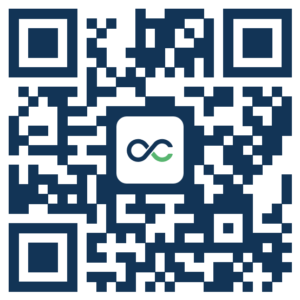Synopsis
Project Ideation is designed to solve the problems in the industry, particularly in the engineering field. It emphasizes the ability to identify industry-specific problems, effective communication, and ethical considerations. The course begins by equipping the student with the skills to recognize and analyse problems, so the students will delve into industry-specific challenges and opportunities through real-world scenarios. This course honed written and verbal communication skills, ensuring that ideas and solutions are clearly expressed to diverse stakeholders and helping the students to navigate complex ethical dilemmas while maintaining professional integrity. The students will also explore diverse ideation methodologies, such as design thinking and systems thinking, to approach complex engineering problems innovatively. Upon completion, the students will possess a valuable skill set, enabling them to identify industry-specific problems, communicate engineering solutions effectively, and address challenges with ethical considerations—a must for success in the engineering field.
Class on 16 November 2024



Course Information
Assignment 2 – Patent War
Based on several patent wars as follows (choose one and each of you must choose differently), discuss the case study based on the following questions:
1. What is it about? Why it happen?
2. Where and when this happen?
3. Who were the key person involved?
4. Has the war resolved? How?
5. MOST IMPORTANTLY: What is your opinion about this case? What are the lessons learned here?
Patent Wars:
A. Kellog vs Nabisco
B. Wright vs Curtiss
C. Gould vs USPTO
D. Howe vs Singer
E. Boeing vs Airbus
In addition, you are expected to provide at least 2 (TWO) questions after the presentations for your classmates to answer and submit. Please compile questions and answers from other presentations and submit in UTM Open & Distance Learning
Implementing and Communicating Engineering Ideas
Engineering is all about creativity and problem-solving. But coming up with a great idea is just the first step. To make a real impact, you need to be able to implement your ideas effectively and communicate them clearly to others.
Implementation:
- Start with a plan. Once you have an idea, break it down into smaller, more manageable steps. This will make the process of implementation seem less daunting and help you stay on track.
- Do your research. Make sure you understand the technical feasibility of your idea. Research existing solutions and identify any potential challenges you may face.
- Build a prototype. A prototype is a simple version of your final product. It’s a great way to test your idea and get feedback from others.
- Be prepared to iterate. Don’t expect to get it right the first time. Be willing to adjust your plans as you learn more about your idea and the challenges you face.
- Get feedback. Talk to other engineers, potential users, and anyone else who might have insights into your idea. Their feedback can help you improve your design and increase your chances of success.
Communication:
- Know your audience. Tailor your communication to the people you are trying to reach. Use technical terms with engineers, but keep it simple and clear for non-technical audiences.
- Focus on the benefits. Explain how your idea will solve a problem or make a difference. People are more likely to be interested in your idea if they understand how it will benefit them.
- Use visuals. Diagrams, charts, and images can help to communicate complex ideas in a clear and concise way.
- Be passionate. If you’re not excited about your own idea, no one else will be either. Show your enthusiasm and conviction to win people over.
- Be prepared to answer questions. People will have questions about your idea. Be prepared to answer them clearly and concisely.
By following these tips, you can increase your chances of successfully implementing and communicating your engineering ideas.
Here are some additional resources that you may find helpful:
- The Innovator’s Dilemma by Clayton M. Christensen
- Hooked: How to Build Habit-Forming Products by Nir Eyal
- The Art of Communicating Science by Howard A. Zimmerman

